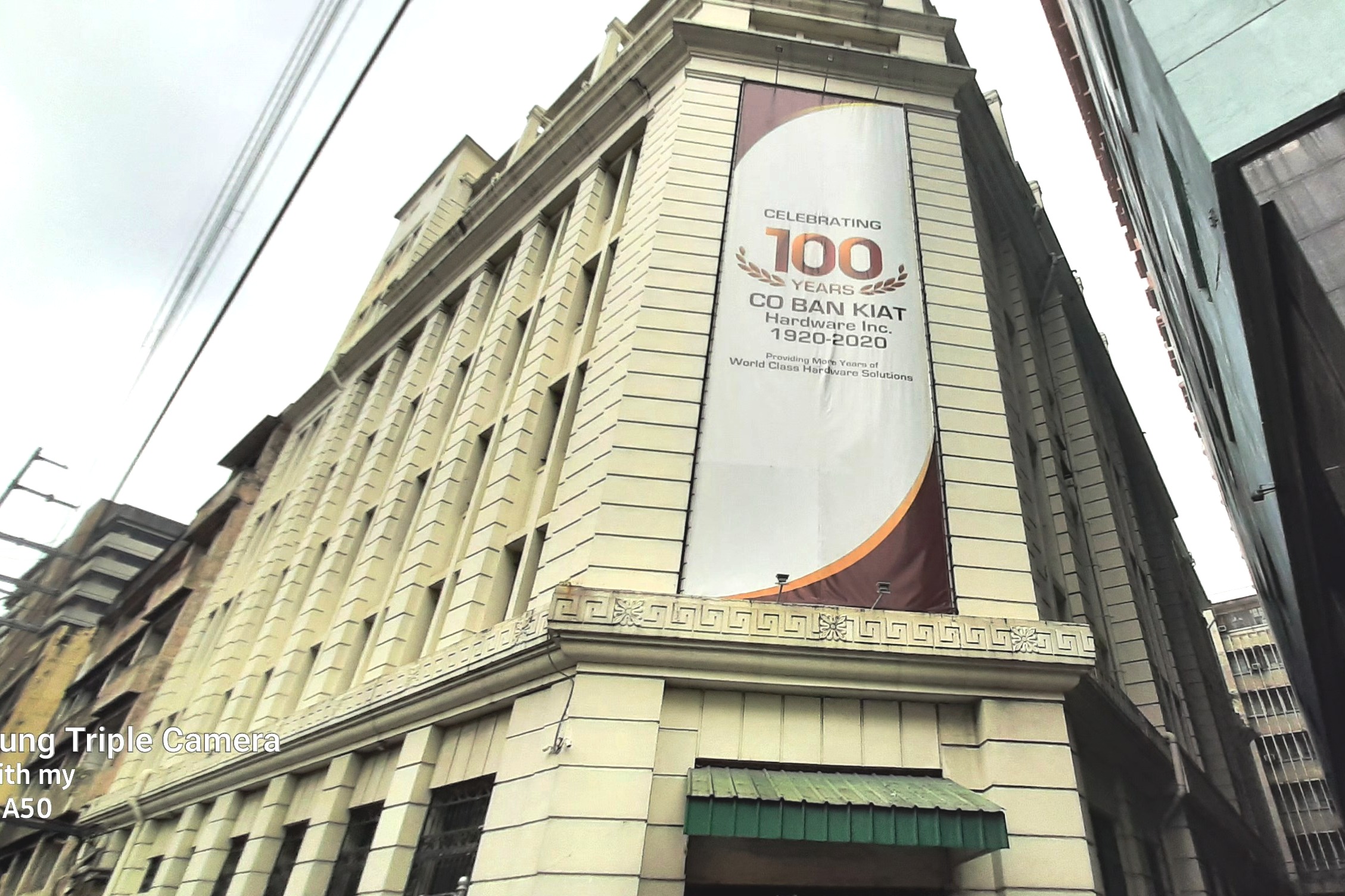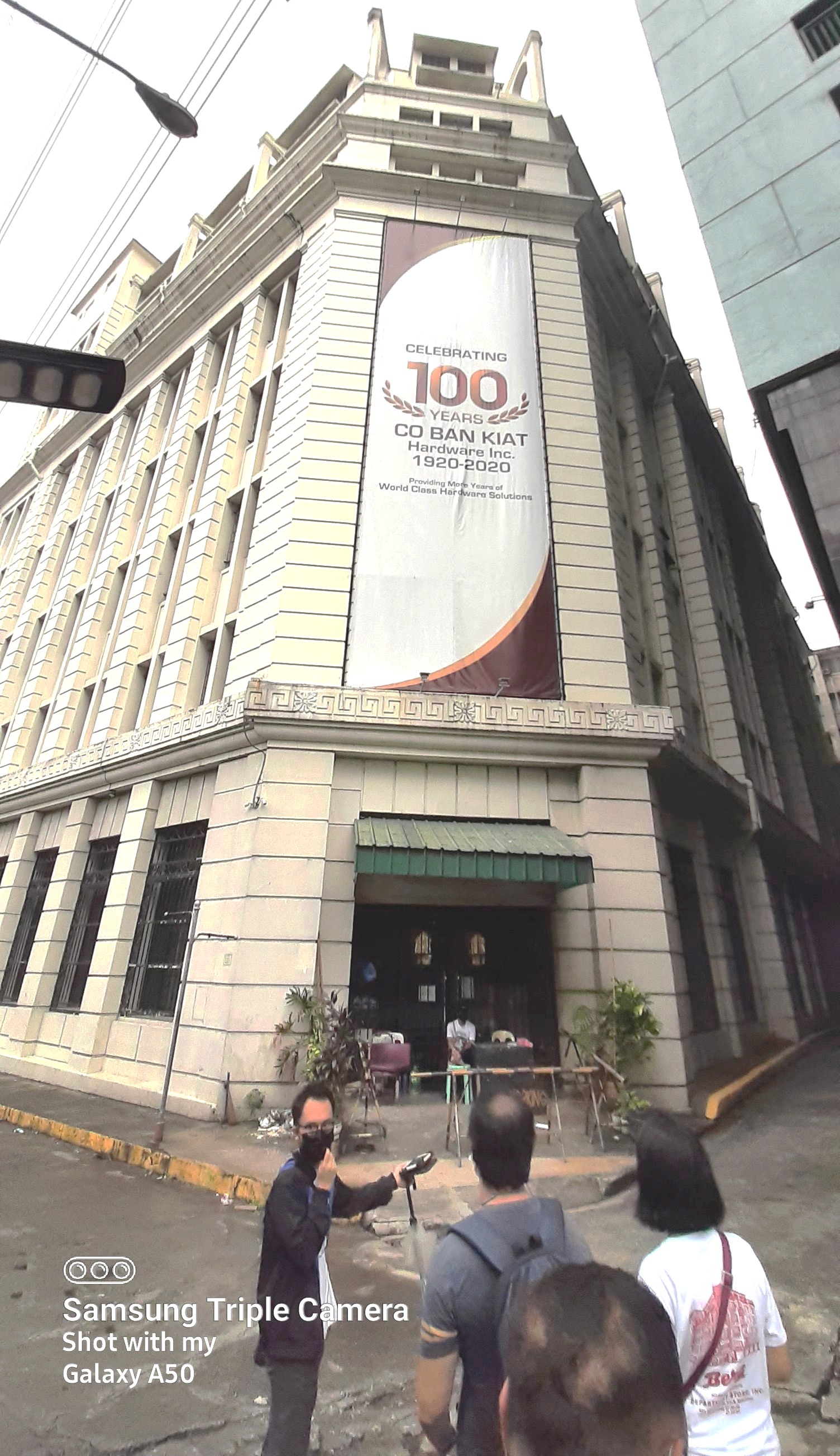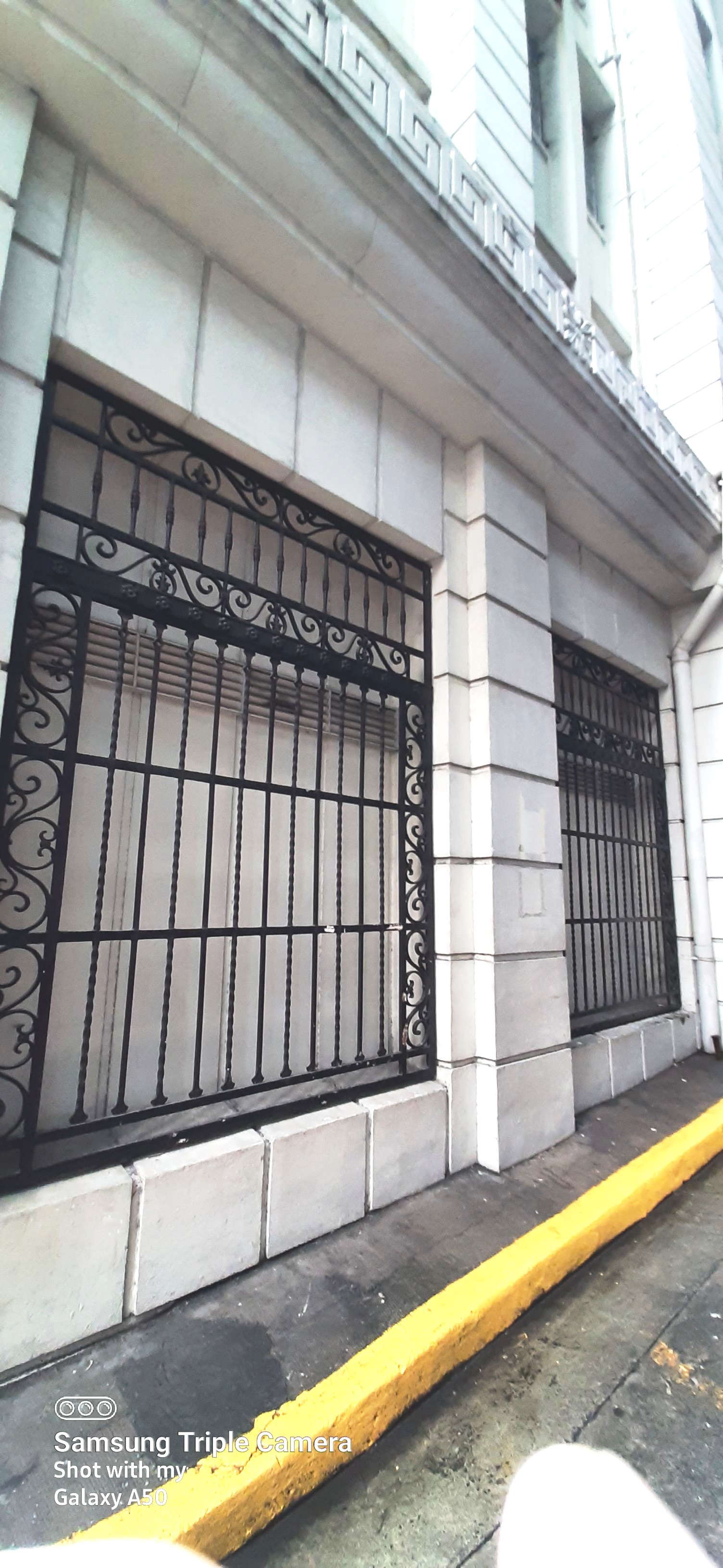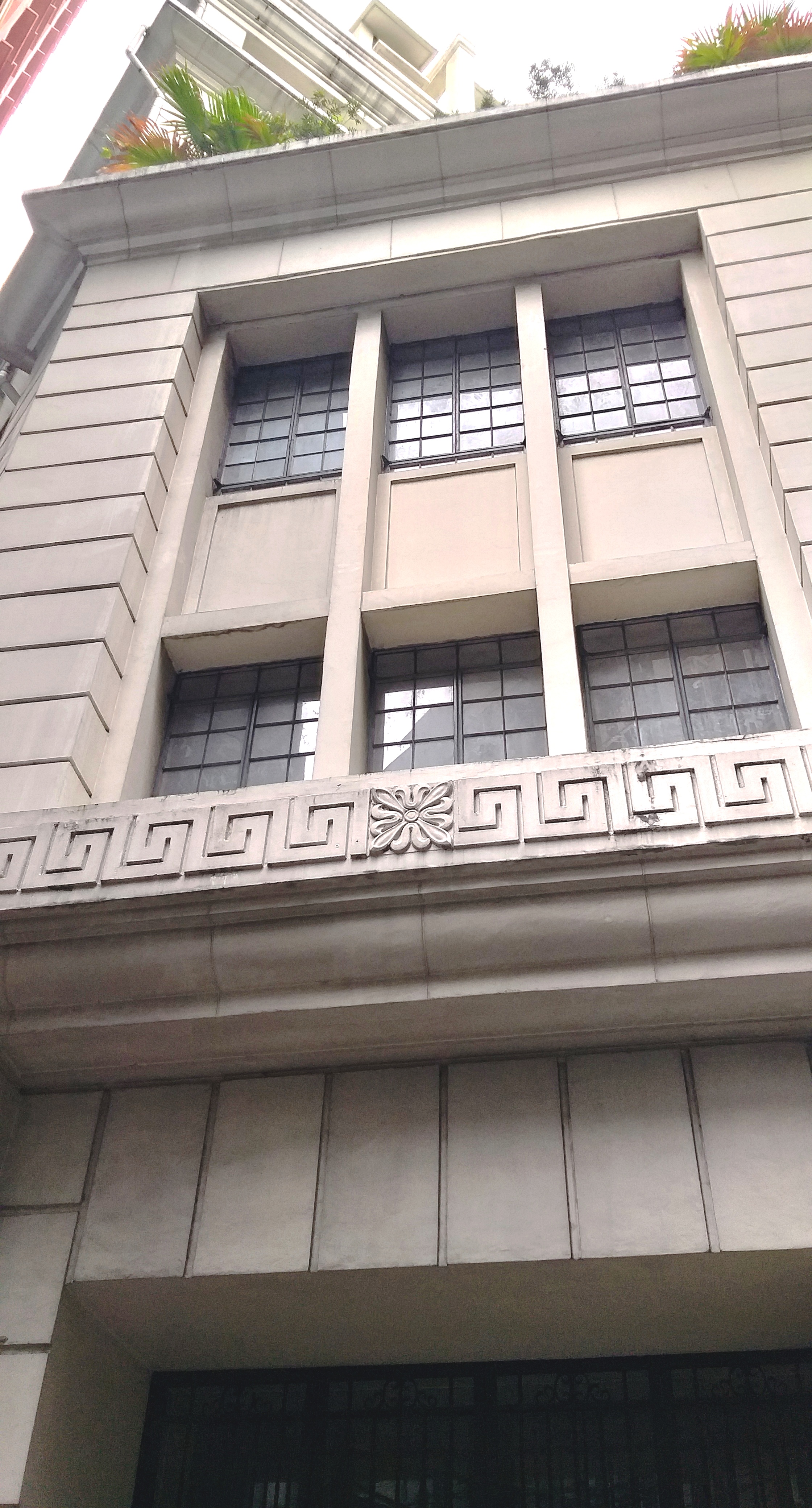The Co Ban Kiat Buiding, standing in a busy portion of Juan Luna Street in what was once called “Chinatown’s Wall Street,” was the former SJ Wilson Building, named after the American expatriate Samuel J. Wilson who was behind the printing business Carmelo and Bauermann before World War II.
Built in 1937, the SJ Wilson Building, in its heyday, also housed the Standard and Chartered Bank, the Manila Stock Exchange and even the Japanese Consulate General. In 2011, the building came under the ownership of Binondo-based Co Ban Kiat Inc. (CBCI), the biggest supplier of hardware in the Philippines for retail, commercial and industrial projects.
Initially, company president Johnny O. Cobankiat, the third-generation scion, as well as his colleagues in the real-estate industry and immediate family members, had no inkling of the building’s architectural and heritage value. Not seeing any value in it, they saw demolition as the most convenient way to redevelop the property. Fortunately, the owner was convinced by Deogracias B. Degala, the in-house architect, and other conscientious minds to take the path of conservation.
During the two-year, trial-and-error restoration, a full diagnosis of the building’s structural integrity was undertaken. Also, for the refurbishment of the façade, interiors and ceiling roof, the owner and architect were guided by the principle of keeping as much of the original details as possible. No details were removed, and ornaments, such as the cornices, moldings and the striped pilasters were restored.
In keeping with texture that followed the patina of the old building, the late 1930s period, Art Deco, boxy and geometric façade was painted with China white, an off-white/light-beige tone. Now, heritage-conservation advocates and concerned members of the Chinatown community are celebrating this building’s rebirth.
Viewing this building’s massive bulk from the street, the heavy façade of the Co Ban Kiat Building, looming like a behemoth, is somehow softened by its tall, rectangular, encased windows protected by original wrought-iron grillwork.
The main entrance, along obscure Nimfa Street, is located at the southern portion of the building’s façade. Its doorway, flanked by a pair of Ionic columns and topped with an escutcheon, opens up the ground floor and main office of the company. Welcoming customers at the main entrance are details from the original company address on Quintin Paredes Street (ironically torn down) such as the old glass panels, originally a form of street-level advertising, with the embellished gold-gilt company name.
The design firm Atalyer, led by chief integrating officer León Araneta, created what is probably one of the most delightful commercial interiors in all Chinatown, with a high and airy ceiling evoking a Commonwealth-era downtown-Manila spirit. The white walls and massive support columns are softened by brown veneer wood cladding. Wood partitions, with fence-like railings acting as partitions, demarcate the spaces within, giving a nostalgic twist reminiscent of old banks from that era.
At the center of the hall hangs the Chinese characters zhit tiak ti giap, a visual link to the company’s ethnic Chinese origins, honors Mr. Co Ban Kiat, the current owner’s great-grandfather and the founder of the company. Traditional black signboards, with gold-leaf lettering, are widely used among old Tsinoy businesses in Binondo to indicate the business name and its purpose.
The fourth floor cafeteria, reached via the original hand-cranked elevator, combines modern edgy lines with nostalgic black-and-white photos of Manila. Miniature wooden signboards of past tenants, adorning the support columns, subtly integrates more of the building’s history. A lovely open deck has a front view of downtown Manila’s architectural symphony.
The eighth floor, the most striking feature of this building, has stylized buttresses and a mansard-like concrete roof. Envisioned to be a museum of sorts, here you will still find remnants of the building’s past activities such as a gold-smelting facility. The uneven framed outline of the exposed, largely deformed, web-like roof trusses, conserved as a vestige of the structure’s history, came when a major fire in 1969 resulted in the twisting of the cast-iron support.
Co Ban Kiat Building: 231 Juan Luna St, Binondo, Manila, 1006 Metro Manila. Tel: (632) 843-1931, 843-2734 and 8243-5265. E-mail: jao@cobankiat.com.ph. Website: www.cobankiat.com and www.cbkhardware.com.






